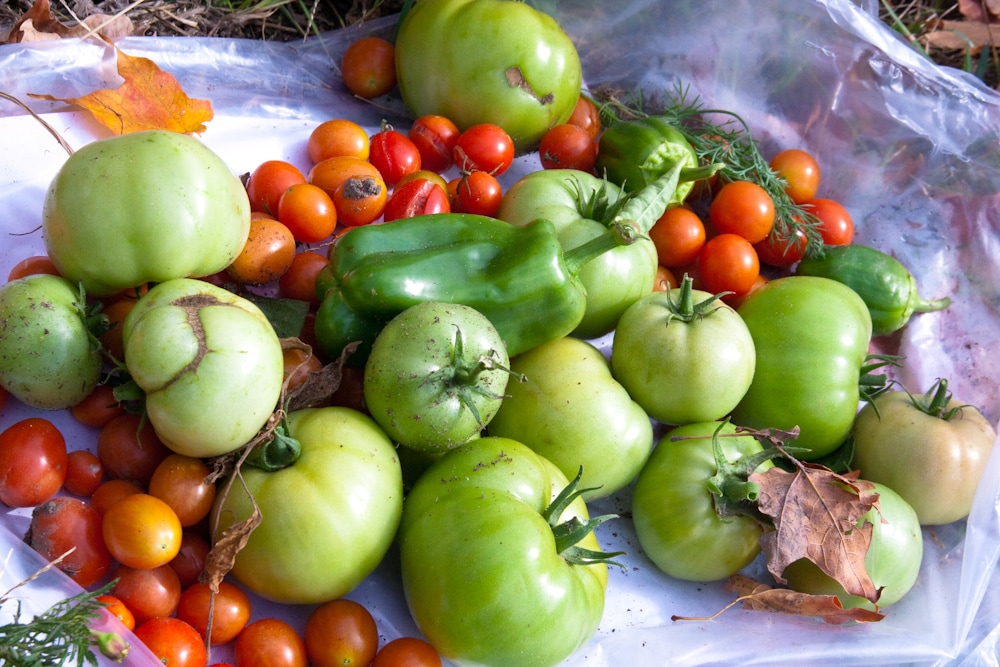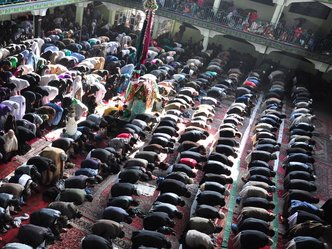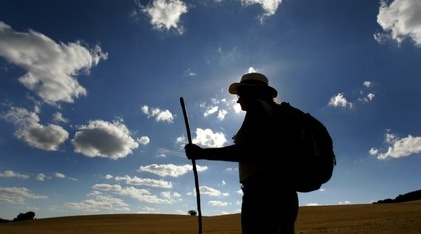EUROPEAN GREEN PILGRIMAGE NETWORK
What is green pilgrimage?Green pilgrimage is about respecting the local environment and treading more lightly upon the earth. You might expect that pilgrimage destinations – considered our most holy and sacred places – would be the most cared for places on earth. But sometimes the opposite is true.
Many pilgrimage routes are littered by plastic bottles and rubbish. Sometimes the very act of going on pilgrimage increases local pollution and use of pesticides, disturbs threatened wildlife, increases carbon emissions and causes other types of environmental damage. Green pilgrimage is about reducing the environmental impact of pilgrimage – on energy, water, waste and carbon emissions – while protecting biodiversity and promoting new ways of sustainable living to protect our planet. |
'It is our profound conviction that the future |
What does this mean practically?
Supporting...Green pilgrimage supports the use of
|
Practising...Green pilgrimage promotes:
|
Sharing...Green pilgrimage aims to:
|
Why now?
|
Pilgrimage is increasingly popular worldwide with more than 330 million people going on pilgrimage every year, making it one of the fastest growing segments of the travel industry, according to the UN World Tourism Organisation.
Ancient pilgrimage routes such as The Way of St James to Santiago de Compostela in Spain report that numbers are increasing by 10% every year, particularly among young people and the non-religious, with pilgrims coming from a record 140 countries around the globe. The Camino is Europe’s busiest pilgrimage route and now records more than 200,000 visitors each year with eight million people visiting its Cathedral in Santiago. Likewise, pilgrimage routes such as the Via Francigena from Canterbury to Rome or St Brigid’s Way in Sweden are increasingly popular. And in Norway pilgrimage along the St Olav’s Way is increasing by 20% each year. |
Afternoon prayers, by Naseer Najwa
|
Pilgrimage theologiesThe European Green Pilgrimage Network is a faith-led network
and arises from the conviction that caring for the environment is a religious responsibility. Many EGPN members have started by defining their faith’s theology of the environment, explaining how the traditional teachings of their religion show it is important to engage with green issues. |
Faith guides to green pilgrimageThere are a wide variety of guides drawn up by faith groups that set out why greening pilgrimage is important and how to do it. These include:
|
With thanks to Creative Commons photographers. Picture credits, from top, left to right: Solar panels by Kate Bunker; Harvest, by Stephen Depolo; Bicycle by Esteban Chiner;
Prayer by the Catholic Diocese of Saginaw; Afternoon prayers, by Naseer Najwa; Pilgrim, from ARC.
Prayer by the Catholic Diocese of Saginaw; Afternoon prayers, by Naseer Najwa; Pilgrim, from ARC.





